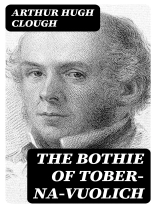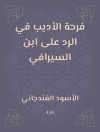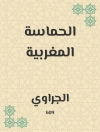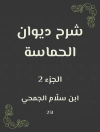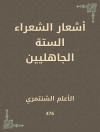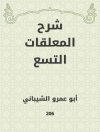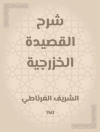The Bothie of Tober-Na-Vuolich is an exemplary narrative poem that intricately weaves themes of romantic idealism, social critique, and the quest for spiritual truth. Set against the picturesque backdrop of the Scottish Highlands, Clough employs a conversational and contemplative literary style, reflecting on the lives of a group of students and their interactions with the world around them. The poem’s rich imagery and fluid structure invite readers to ponder the dichotomy between nature and society, while Clough’s nuanced characterizations bring to life the struggles between personal aspiration and collective obligation, making this work a significant commentary on Victorian values. Arthur Hugh Clough, a prominent figure in the Victorian literary scene, is often seen as a precursor to later modernist poets. His unique educational background at Oxford and exposure to transcendentalist ideas inspired his explorations of doubt and faith, evident in The Bothie. Clough’s struggles with conventional religious beliefs and his commitment to social reform deeply influenced his writing, allowing him to articulate the inherent tensions between individual desires and societal limitations. This compelling poem is highly recommended for readers who wish to explore the complexities of Victorian thought and the human condition. Its lyrical beauty and philosophical depth make it a valuable addition to the canon of English literature, appealing to those interested in romanticism, social commentary, and the interplay between nature and humanity.
关于作者
Arthur Hugh Clough was a distinguished Victorian poet whose work is noted for its pioneering free verse and acute perception of the clash between science and religion in the nineteenth century. Born on January 1, 1819, in Liverpool, England, Clough was educated at Rugby School under the headmastership of Thomas Arnold, who left a lasting impact on his intellectual development. He later attended Balliol College, Oxford, where he was known for his scholastic prowess. Clough’s literary style often vacillated between earnestness and irony, offering an intricate portrayal of Victorian doubts and faith. His poem ‘The Bothie of Tober-Na-Vuolich’ is a pastoral epic written in hexameter that follows the romantic entanglements of a student during a summer vacation in Scotland, embodying both bucolic narrative and incisive social commentary. Clough’s work is emblematic of the transitional period in which he lived, embodying the Victorian crisis of faith and the shift towards modernist sensibilities. Despite his relatively small output before his premature death in 1861, Clough’s poetry has endured, continuing to be celebrated for its intellectual depth, emotional sincerity, and exquisite craftsmanship. Not only is he remembered for his own contributions to English literature, but he also held significant influence on other literary figures of his time, such as Matthew Arnold, who was his close friend.
